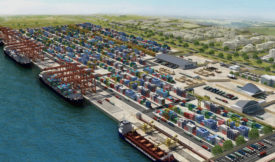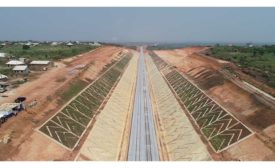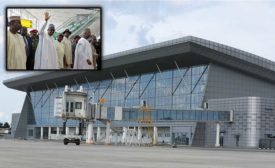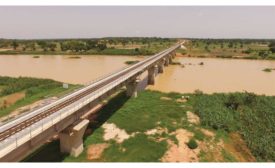Home » Keywords: » Nigeria
Items Tagged with 'Nigeria'
ARTICLES
ENR Global Best Projects 2017
Award of Merit, Rail - Nigerian Railway Modernization Project Addendum No. 1: Abuja-Kaduna
October 11, 2017
The latest news and information
#1 Source for Construction News, Data, Rankings, Analysis, and Commentary
JOIN ENR UNLIMITEDCopyright ©2024. All Rights Reserved BNP Media.
Design, CMS, Hosting & Web Development :: ePublishing







